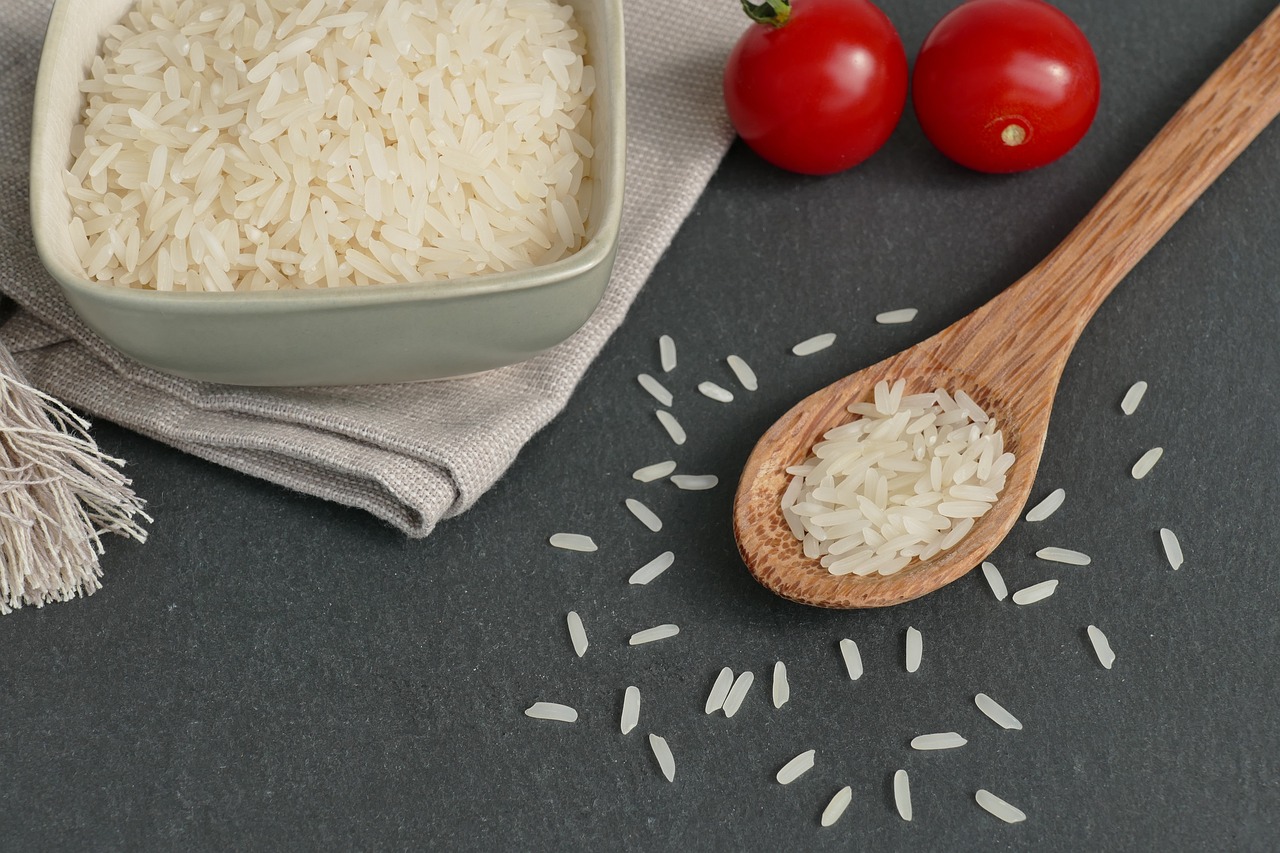When I discuss how to eat right, it often leads to the discussion of how to lower your blood sugar. While many foods have a high glycemic index there are three that people seem to groan more about eliminating or reducing: potatoes, rice and bananas. Turns out there is a little trick on how to make these three foods be much better for you and even offer a health benefit!! It’s so easy…. Starch containing foods are often the “bad guys” and a big culprit in increasing your blood sugar. What if there is a little trick to help with this…. Cue Resistant Starches. This is not a term you hear of very often so let me explain.
READ ON as I explain the benefits of resistant starches.
A resistant starch is a type of starch that’s harder to digest. This starch resists digestion in the small intestine and actually ferments in the large intestine acting like fiber and a prebiotic. Prebiotics feed the bacteria responsible for digestion and help keep your microbiome intact. Regular starches are broken down in the small intestine which turns them into glucose raising your blood sugars. Because resistant starches bypass the small intestine they instead ferment slowly and don’t raise the blood sugar (as least as much). Other benefits include helping you feel full after a meal and helping with constipation. It also causes less gas because of a slower fermentation process.
Examples of naturally occurring resistant starches include:
- Lentils
- Beans
- Peas
- GREEN bananas
- Whole grains including oats and barley (see below)
- Cooked and cooled rice (see below)
Here is where it gets interesting! The amount of starch changes with heat.
- Green Bananas: green bananas will lose their resistant starch when heated.
- Oats: Oats lose some of their resistant starch when heated so cooking your oatmeal goes right back to raising your blood sugar. However, using uncooked oats in an overnight oat mixture is a win and you will reap the benefit of the resistant starch!
- Rice: Rice when cooked and eaten right away can cause your blood sugars to increase but when you cook it and COOL it and then use it (even if it is reheated) it is higher in resistance starch!
- Potatoes: Potatoes are another blood sugar raising culprit when cooked and eaten. However, if you use red or yellow variety of potatoes, cook and then cool them and reheat it will increase the amount of resistant starch. This is not true for Russet potatoes though.
When you first start eating more resistant starches you can experience more bloating and abdominal discomfort. The good news is this is generally mild and with time will go away the longer you are eating these foods and your body has had time to adjust. Increasing water intake may also help.
Keep in mind we all process foods a little differently. If you are diabetic, I would encourage you to check your blood sugars after eating a food like this to see what your sugars are doing and adjust accordingly.
To your health,
Laura









